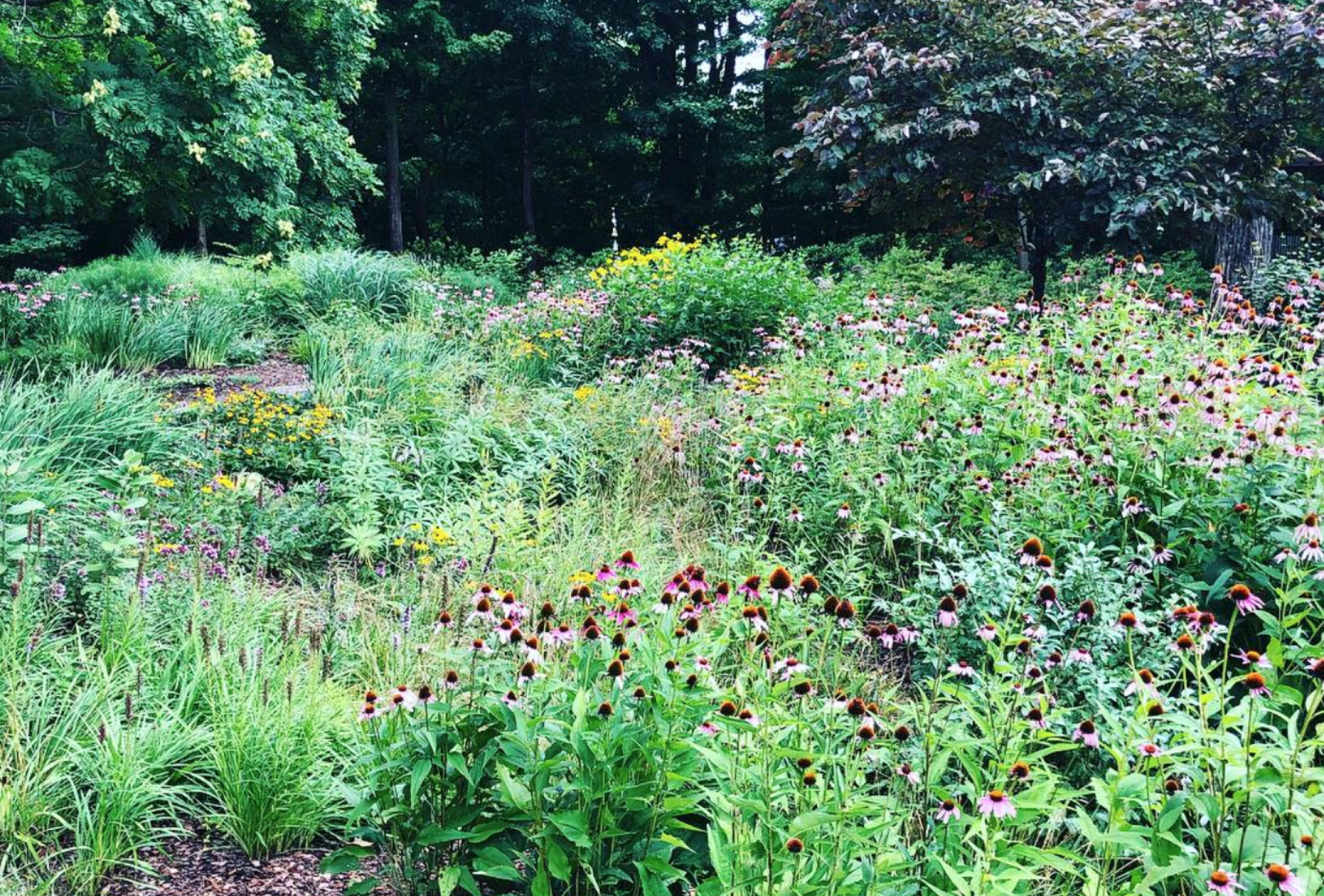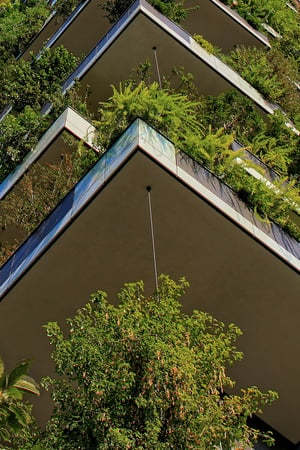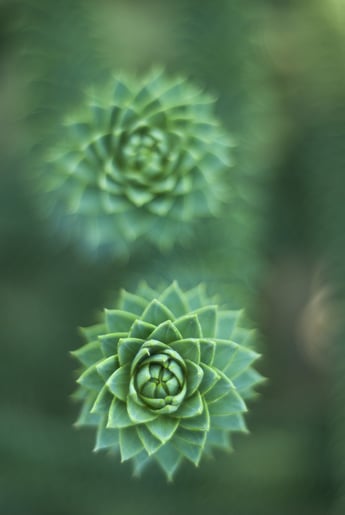
While we assume the color green automatically indicates environmental aid, that’s not necessarily the truth. We need better metrics for telling between what is green and what merely looks it.
People tend to simplify:
Cake = delicious. Vegetables = gross.
Yet caramelized onions are amazing, and banana cake is an absolute crime against humanity. So clearly oversimplification is a problem from which we humans tend to suffer.
The same holds true in the green-iverse.
Let’s face it: We’re just suckers for the color green. Show us a succulent-clad green roof and we’re going to believe the best in it, even if it doesn’t necessarily add to the surrounding environment in any meaningful way.
On the other hand, we assume a bare patch of ground is worthless – even though a completely dead green roof still performs about 60 percent of the stormwater management services of its fully functional, vibrant counterparts.
So if we can’t trust the color green to provide automatic indication of environmentalism, what can we know? What do we look for?
Here’s a brief primer on separating the wheat from the chaff.
Looking Versus Being Green: What’s the Dif?

This isn’t an easy distinction. It’s taken us decades to suss out the subtle differences between looking and being, but they do exist.
When something looks green, it is:
- A system that uses a veneer of plants to imply environmental friendliness
- Green in color
- Often artificially kept green even though it should die back seasonally in its normal state
- Lush and green from the very beginning
When something is green, it:
- Is composed of plants and other environmentally friendly materials
- May or may not be green in color
- May die back and reemerge, green again, in a different season
- Start out as a seed or cutting surrounded by bare Earth
In other words, when something looks green, it may require a lot of inputs or unnatural maintenance. This is not to be confused with the important process of stewardship, which works in tandem with nature to safeguard green infrastructure systems from the elements and keep it sound over time.
This leads to the question: When do green systems, which start out with truly good intentions and even beneficial designs, go off track?
When Does Green Go Astray?

The real difference between looking and being is the benefits a system provides.
Rainwater collection barrels, for instance, aren’t pretty. They aren’t growing. They may or may not be green in color, but they’re excellent for the environment. Their utilitarian nature might make them seem little better than gray infrastructure, but that’s not the case.
On the other hand, sedum mats make for a lovely green roof from the outset. But do they serve a roof best? Do they serve the surrounding environment best?
Well, sometimes. Sometimes they’re the best way to cover a roof from the get-go, and ongoing nurturing and stewardship can turn them into a healthy long-term environment.
Sometimes, though, a system dictates another approach. Then seedlings and cuttings might make for a healthier environment long-term, but you’ll have to weather that brown, bare-earth effect for a few years. That can feel disappointing, like the system isn’t “working right,” when in fact it might prove much more environmentally efficacious than rolling out the beautiful mat.
Green goes astray when it assumes that every system has to look green. Immediately! Now! No time for a coffee break! Go, go, go!
That’s what we have to guard against.
What Does REAL Green Look Like?
A truly green system accomplishes environmental goals regardless of how it looks. That includes:
- Stormwater retention and detention
- Energy efficiency
- Property value increases
- Habitat for animals
So while it’s sometimes difficult to tell between what truly helps the environment and that which is merely coated with a green sheen, it’s critical we make the effort.
This isn’t to indict members of the industry who don’t know better, which is an unfortunately large percentage. Instead, it’s a warning against buying hook, line and sinker into a “green” system that has no proven capacity for ecological contribution. Without a record for managing stormwater well, boosting urban ecology and helping reduce energy costs, a green roof isn’t worth much.
Naturally it’s possible to have a system that both looks and is green, and that’s the goal. But a green appearance is not necessarily instantaneous, or even necessary.
Want to find out more about what makes a system truly green, and how you can get one today? Get in touch.

